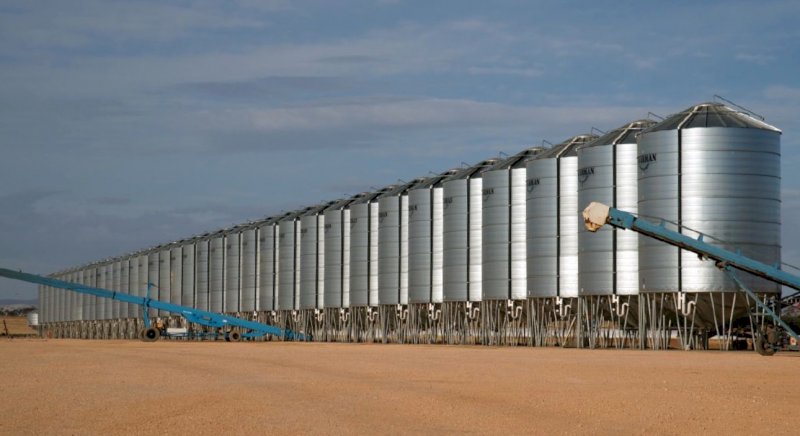Keep filling those Silos....
- By: "Farm Tender" News
- Farm Tender, DelayPay & Farm Inputs
- May 19, 2022
- 643 views
- Share

Extracted from the Farm Tender weekly Newsletter - Sign up and get the email every Wednesday morning before 5 am. www.farmtender.com.au
By Dwain Duxson.
There has been a lot of chatter in Agriculture about data, more so around who supposedly owns it and what it's worth.
As Farmers, we collect data and store it in Silos. So like the Farm, where we have a row of Silos filled with Grain, we also have Silo full of the data we collect.
Usually, when collecting data, there is another party involved, Eg Agworld, Farm Tender, John Deere, Auctionsplus etc.
But these Silos that are full of information are not connected. By that, I mean in Silo Number 1 is the data between you and John Deere, Silo 2, you and Elders, Silo 3, you and Clear Grain, Silo 4, you and Farm Tender, and so on....
In each Silo, the Farmer might feel they own it, and for the same piece of data, the company they have been dealing with might think they own it.
But the fact of the matter is that a lot of this data doesn't have a great deal of value on its own.
For the Farmer, the value comes from the ability to make measured decisions from the information gathered that hopefully leads to better results. For the service provider, the potential value comes when it's combined with other Farmer's data.
Has John Deere paid you for the data they use? No, but they would argue that they use your's, your neighbour's, and their neighbour's data to make a better product for which you are the beneficiary.
Where it does become a moot point is where you may have been using XYZ company, and they hold your data on file. You decide to go with rival ABC company, and good old XYZ won't release that data. So you have missed out on what might be years of production information that has some value to you in the long run. This is a tactic some companies use so you don't leave.
A good example of where data works in Ag is with Australian Sheep Breeding Values (ASBV's) in Sheep and Estimated Breeding Values (EBV's) in Cattle. Before they collect the data, the Farmer knows that it will be going into a pool and will be compared to all the other animals that are entered into the system. It works because it's relatively unbiased, and it advances productivity by identifying the best traits within individual animals.
With this system, you are fully aware of where your data is going, and you are also aware that it will be made public. You've given consent.
Buyers and sellers trust the system, and they know the overall net benefit is there for everyone in the Sheep and Cattle industry to improve productivity through genetics.
So this is data not stuck in a silo (well, maybe a very big one). It's in a usable form, anyone can get access to it, and you can gain outcomes from it. It has value. That value is through productivity gains, selling Seedstock, etc.
A company with software that can track the ingoings and outgoing of Grain, Hay or Livestock might use the data they gather to offer finance for the stock on hand. It's an advantage for the software company because they can sell the finance as an extra on top of the software itself. But it's also has benefits for the Farmer, as they can get access to an alternative form of finance if needed.
But in general, Farmers are very protective of their data.
And who owns it? Not sure about that one. Will it make you rich? Not sure about that one either.
Do Farmers really have to worry too much about sharing data? I don't think so. When you look at the Breeding value and John Deere models, the data that goes in by individual Farmers contributes to a better and constantly improving Sheep, Cow, Header or Tractor.
If you want to get really confused, listen to this podcast on data in Ag.
Keep filling those Silos........
End of message.










Share Ag News Via